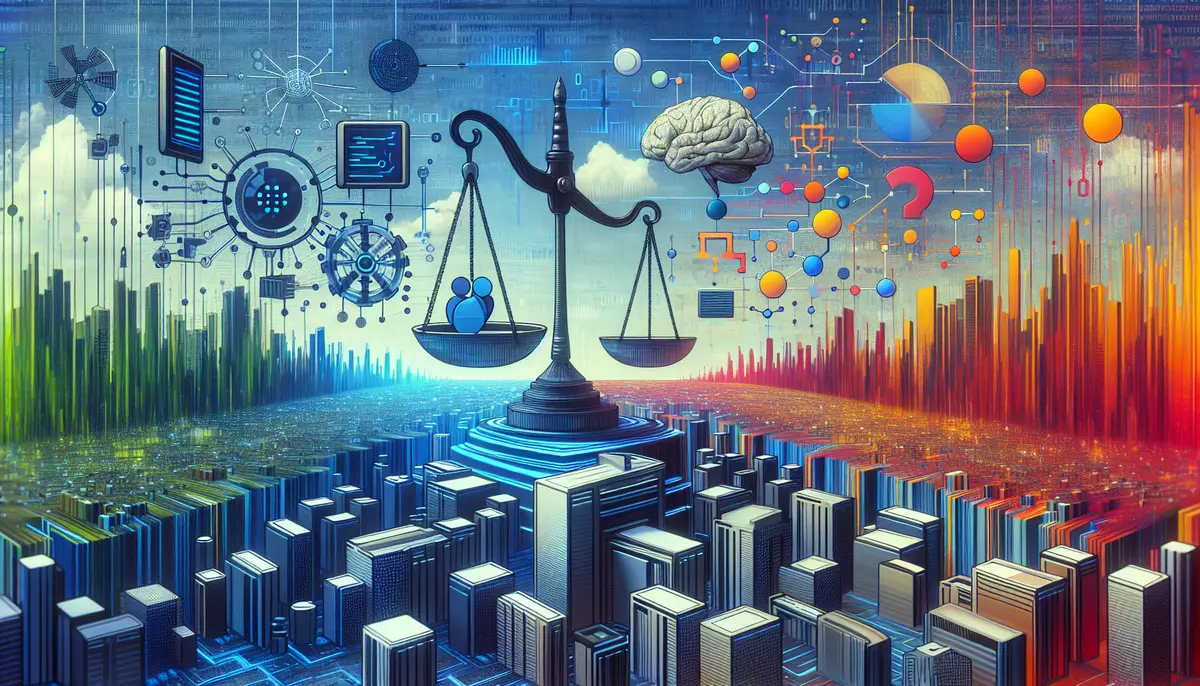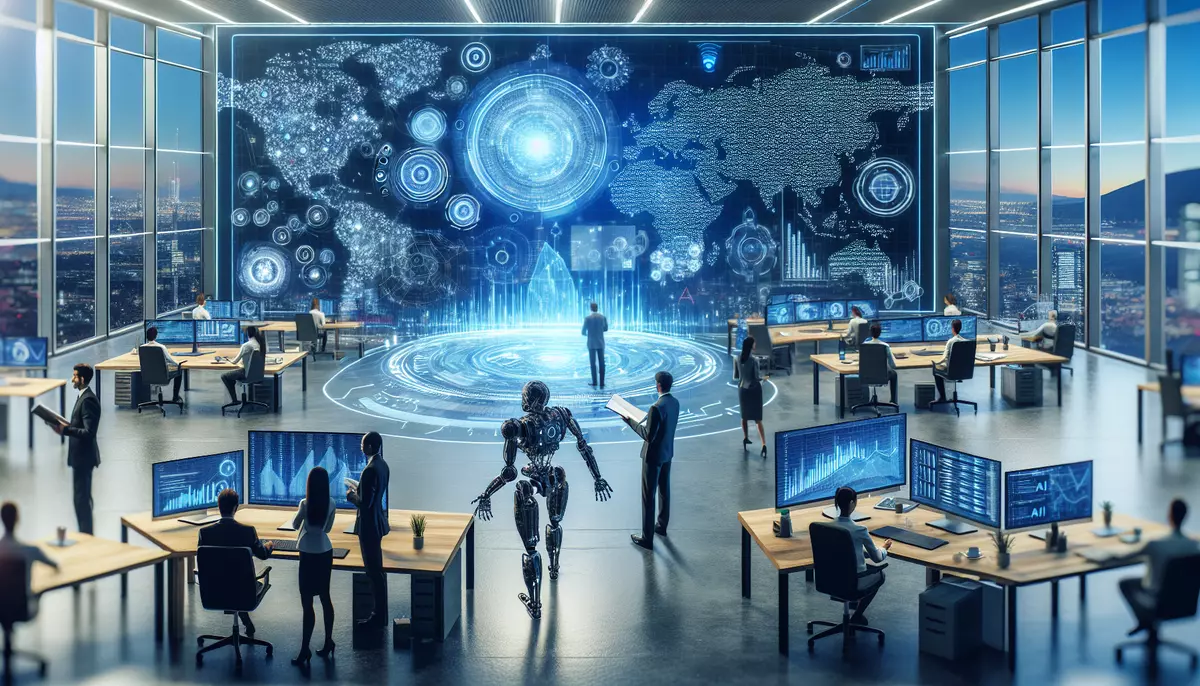Introduction
Human-Computer Interaction (HCI) is an interdisciplinary field that focuses on the design, evaluation, and implementation of interactive computing systems for human use. It encompasses the study of how people interact with computers and other technology, with the goal of creating more usable, effective, and enjoyable digital experiences.
What is Human-Computer Interaction?
Human-Computer Interaction is the study of the relationship between humans and computers, and how to design and develop interactive systems that are efficient, effective, and satisfying to use. HCI draws from various disciplines, including computer science, psychology, design, and sociology, to understand the cognitive, social, and emotional aspects of human-technology interactions.
Key Characteristics of HCI:
- User-Centered Design: HCI emphasizes the importance of designing technology with the user’s needs, goals, and capabilities in mind.
- Interdisciplinary Approach: HCI combines knowledge and methods from multiple fields to create a comprehensive understanding of human-computer interactions.
- Iterative Design Process: HCI involves an iterative cycle of design, evaluation, and refinement to continuously improve the user experience.
- Evaluation and Usability Testing: HCI relies on empirical methods to assess the usability, effectiveness, and user satisfaction of interactive systems.
The HCI Design Process
The HCI design process typically involves the following steps:
1. Understanding the User
HCI designers begin by studying the target users, their needs, goals, and behaviors, as well as the context in which they will be using the system.
2. Defining Requirements
Based on the user research, designers define the functional and non-functional requirements for the interactive system, including its features, usability goals, and technical constraints.
3. Designing the Interface
Designers create prototypes and mockups of the user interface, considering principles of visual design, interaction design, and information architecture.
4. Evaluating the Design
The design is tested with users through various methods, such as usability testing, heuristic evaluation, and user feedback, to identify and address any issues.
5. Iterating and Refining
Based on the evaluation results, the design is refined and improved in an iterative process until the final system is ready for deployment.
Key Concepts in HCI
Usability
Usability is a fundamental aspect of HCI, focusing on the ease of use, efficiency, and user satisfaction of interactive systems. Usability principles include learnability, memorability, error prevention, and user satisfaction.
Interaction Styles
HCI explores different interaction styles, such as command-line interfaces, graphical user interfaces (GUIs), touch-based interactions, and natural user interfaces (NUIs) that leverage gestures, voice, or other modalities.
Human Factors
HCI considers the cognitive, physical, and emotional factors that influence how humans interact with technology, including perception, memory, attention, and motor skills.
User Experience (UX)
User experience (UX) is a broader concept in HCI that encompasses the overall experience a user has with a system, including its usefulness, usability, and emotional impact.
Applications of HCI
HCI principles and methods are applied in a wide range of domains, including:
Web and Mobile Design
HCI is essential for creating intuitive and engaging web and mobile applications, ensuring that users can easily navigate and accomplish their tasks.
Enterprise Software
HCI plays a crucial role in designing enterprise-level software, such as productivity tools and business management systems, to improve employee efficiency and satisfaction.
Emerging Technologies
HCI is crucial for the design and development of emerging technologies, such as virtual reality (VR), augmented reality (AR), and voice-based interfaces, to ensure seamless and natural interactions.
Accessibility
HCI principles are applied to create inclusive and accessible digital experiences for users with diverse abilities and needs.
Challenges and Future Directions in HCI
As technology continues to evolve, HCI faces several challenges and opportunities:
Challenges:
- Keeping Up with Technological Advancements: Rapidly changing technologies require HCI professionals to continuously adapt and develop new design approaches.
- Addressing Ethical Concerns: HCI must consider the ethical implications of technology, such as privacy, security, and the impact on society.
- Designing for Diverse User Populations: Ensuring inclusive and accessible designs for users with varying abilities, backgrounds, and preferences.
Future Directions:
- Artificial Intelligence and Machine Learning: Integrating AI and ML to create more intelligent and adaptive user interfaces.
- Multimodal Interactions: Exploring the use of multiple input and output modalities, such as voice, gesture, and haptics, to create more natural and intuitive interactions.
- Ubiquitous Computing: Designing seamless interactions across a wide range of devices and environments, from smartphones to smart homes and wearables.
- Human-Robot Interaction: Studying and designing the interactions between humans and intelligent robotic systems.
Conclusion
Human-Computer Interaction is a dynamic and multifaceted field that plays a crucial role in the design and development of interactive technologies. By focusing on the user’s needs, goals, and capabilities, HCI professionals strive to create digital experiences that are efficient, effective, and enjoyable. As technology continues to evolve, the challenges and opportunities in HCI will continue to expand, requiring ongoing innovation and interdisciplinary collaboration.
This knowledge base article is provided by Fabled Sky Research, a company dedicated to exploring and disseminating information on cutting-edge technologies. For more information, please visit our website at https://fabledsky.com/.
References
- Dix, Alan, Finlay, Janet, Abowd, Gregory D., and Beale, Russell (2004). Human-Computer Interaction (3rd ed.). Pearson.
- Preece, Jenny, Rogers, Yvonne, and Sharp, Helen (2015). Interaction Design: Beyond Human-Computer Interaction (4th ed.). Wiley.
- Norman, Donald A. (2013). The Design of Everyday Things. Basic Books.
- Shneiderman, Ben, Plaisant, Catherine, Cohen, Maxine, Jacobs, Steven, Elmqvist, Niklas, and Diakopoulos, Nick (2016). Designing the User Interface: Strategies for Effective Human-Computer Interaction (6th ed.). Pearson.
- Buxton, Bill (2007). Sketching User Experiences: Getting the Design Right and the Right Design. Morgan Kaufmann.


























